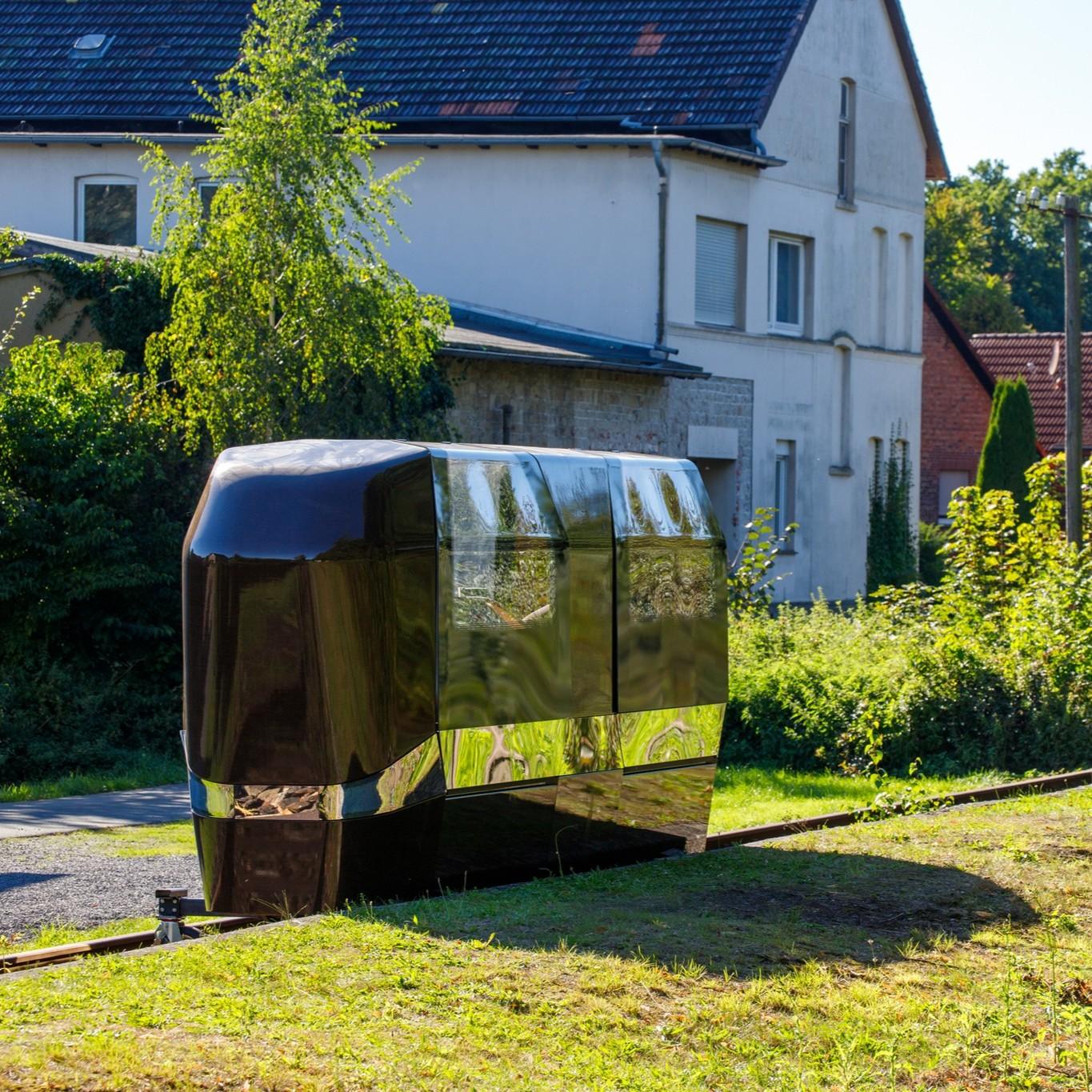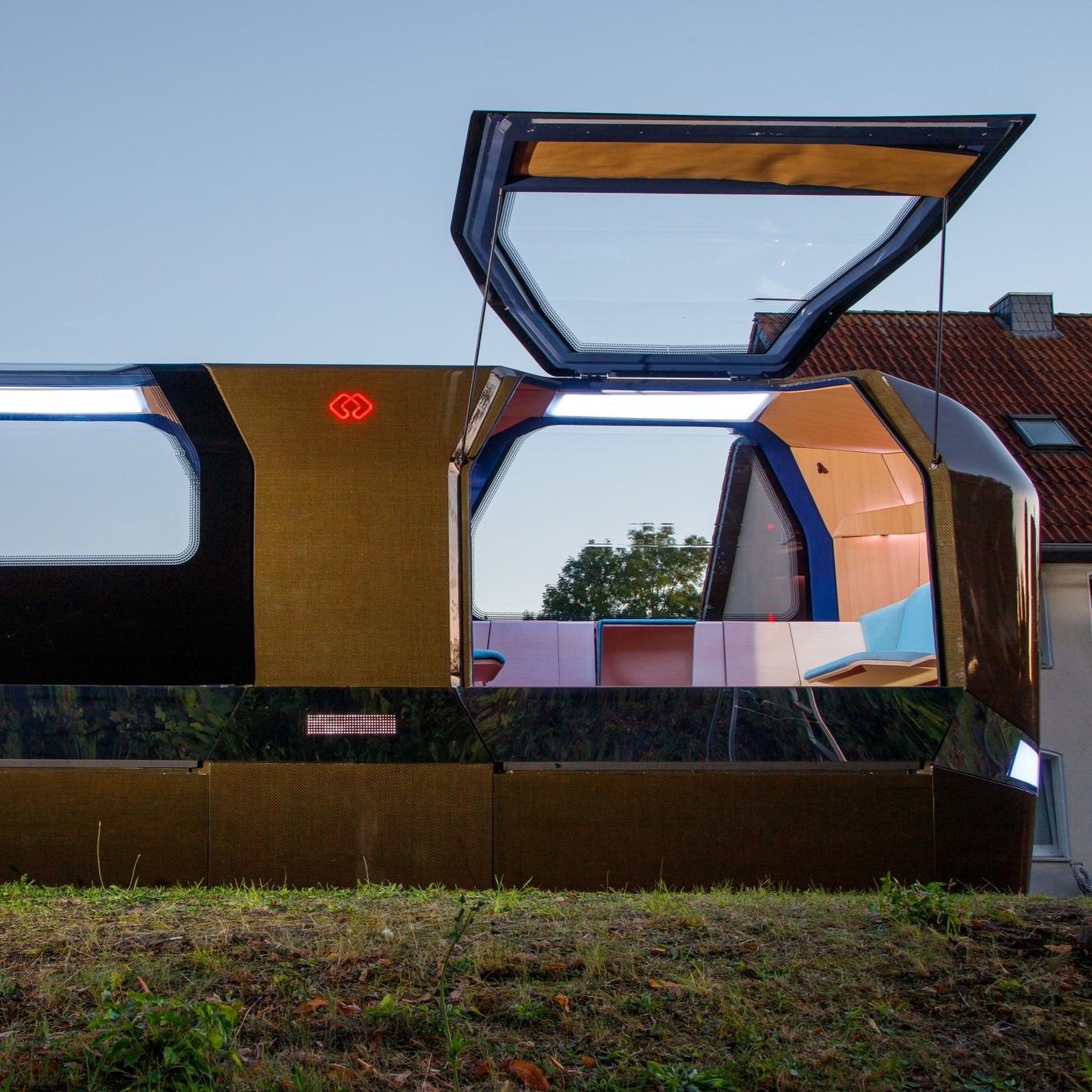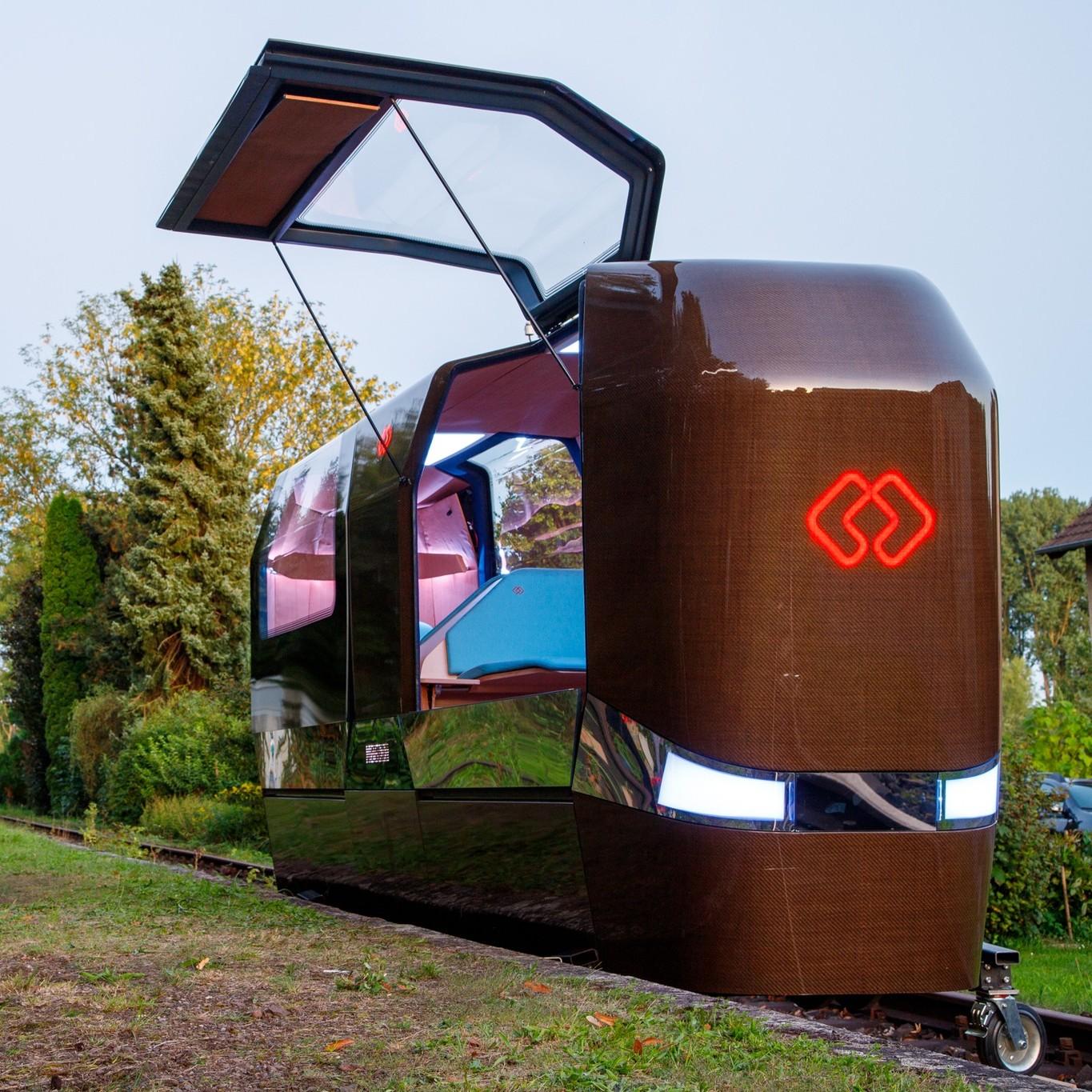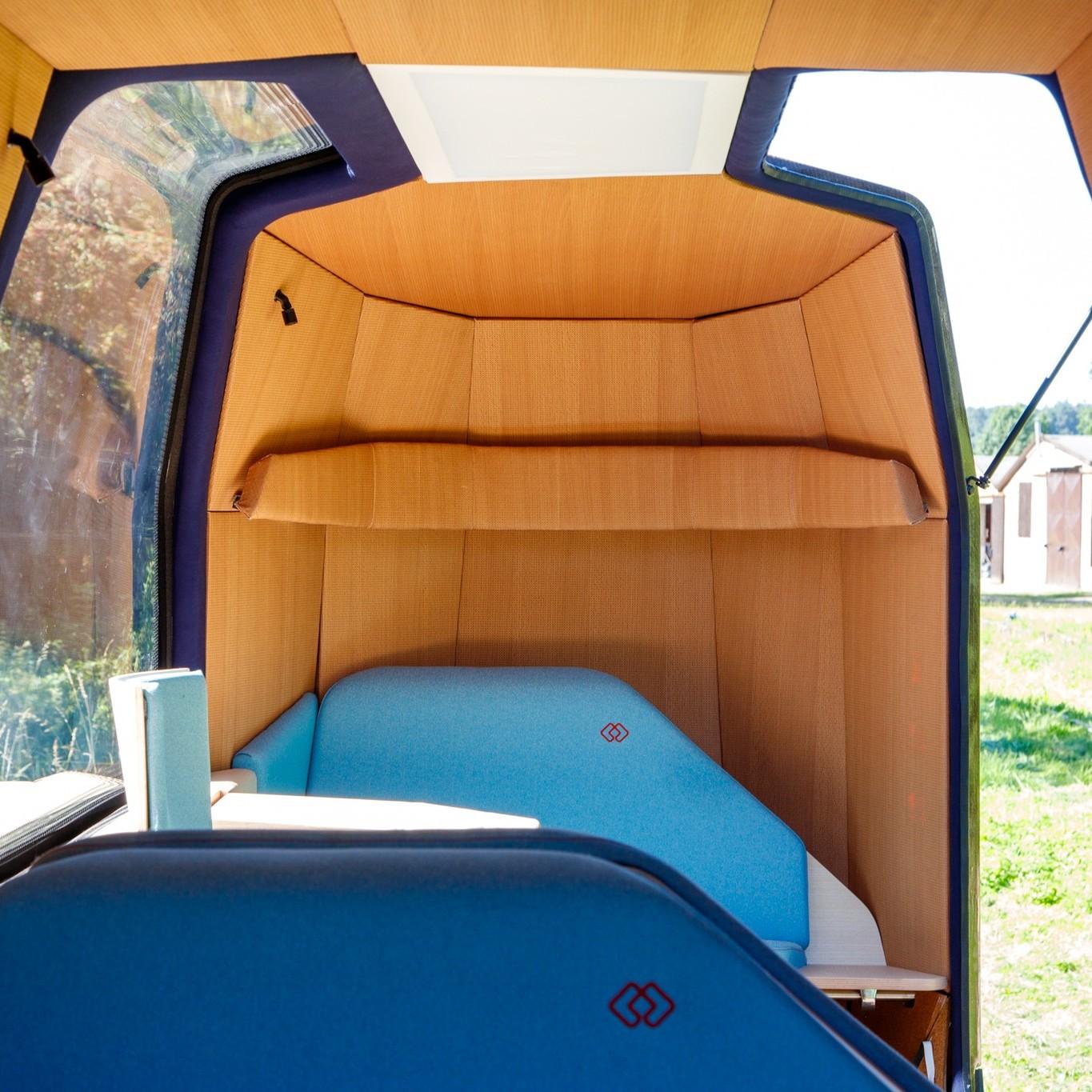Rusted Transport - Abandoned and forgotten vehicles from around the world.
Transportation technology is constantly evolving. For every advancement made, there is a relic that falls by the wayside.
Old cars are taken for one last drive, and dumped in forests are left by rural roadsides. Trains and planes are relegated to redundancy.
Some lucky few are left in a barn, protected but still forgotten. Awaiting a chance to ride again!
#Photography #Abandoned #Transport #Rust #Cars #Trains #Planes
















